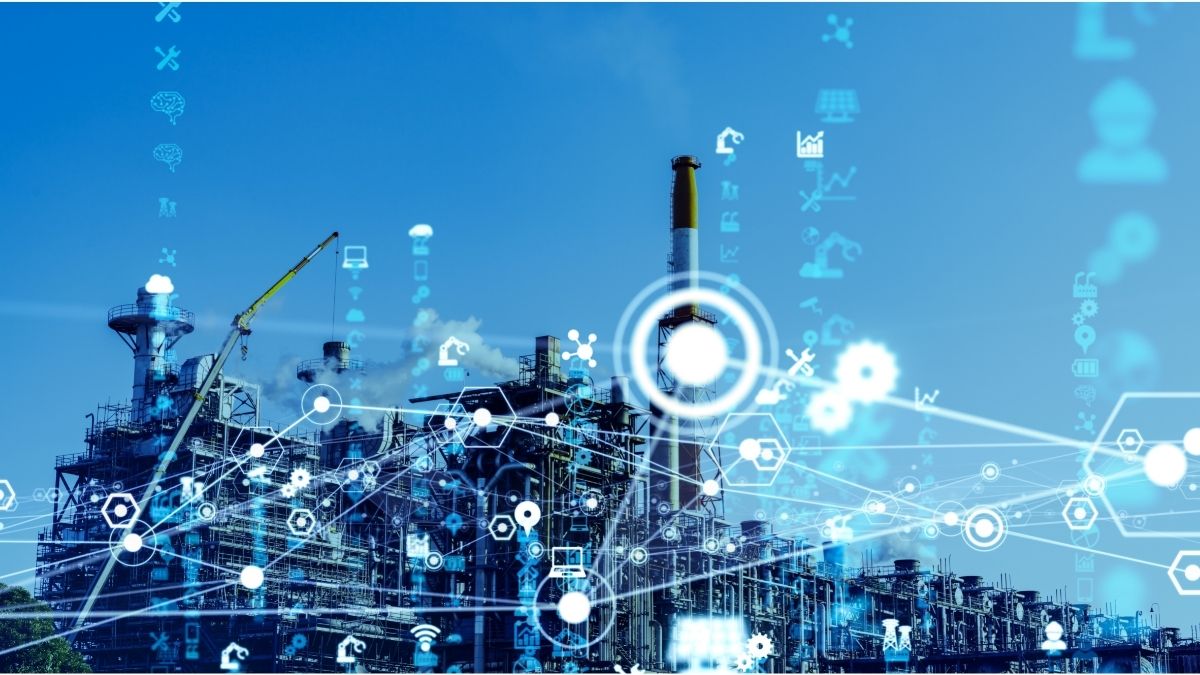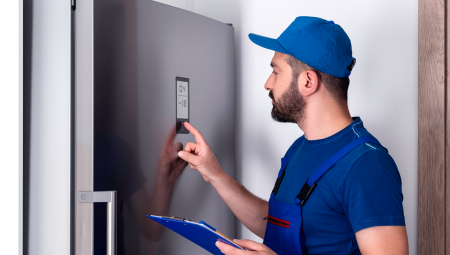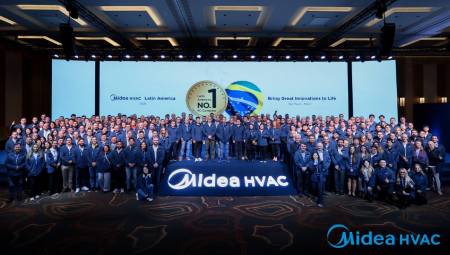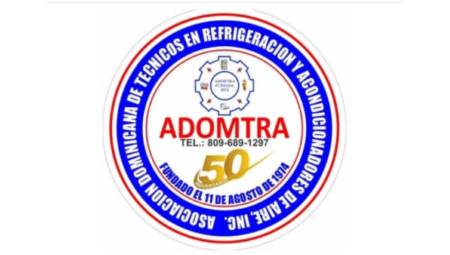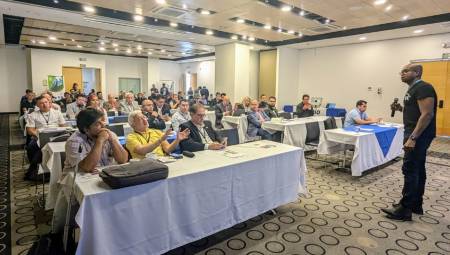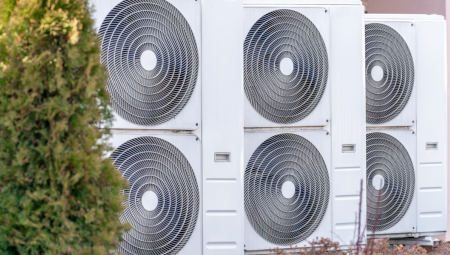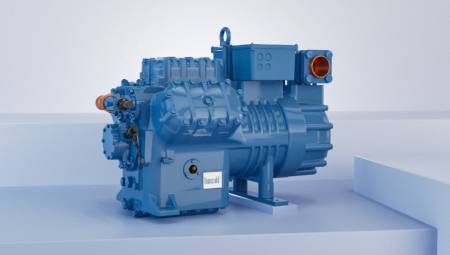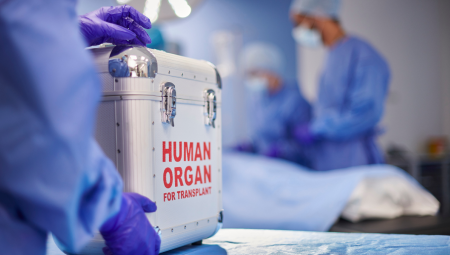International. According to David Lagarejo, CEO at Zion Ing, among the four pillars for the smart energy transition, one way to generate significant savings, making this change a more satisfactory and meaningful process for organizations, is with the use of IIoT technologies.
That is, within the way in which Lagarejo explains the pillars and their benefits, the call for energy diagnosis and audit, the use of renewable energies, but above all the use of the Industrial Internet of Things (IIoT) for energy decision making stands out.
In that sense, Lisseth Vera, Digital Energy & EcoStruxure Manager for the Andean Cluster of Schneider Electric, has also indicated that process digitization technologies, such as IoT, Big data, analytics or cloud, allow "saving between 30% and 70% of consumption" and stressed that some solutions, such as EcoStruxure for Buildings, allow automation and analysis of processes for better performance and energy management, without forgetting the improvements and ensuring the comfort and health of people.
These comments, given in the framework of the Forbes Sustainable Economy Week, relate the solutions that make use of the Internet of Things (IoT), where it can also be considered in its industrial version (IIoT), as a scalable, secure and global architecture to help manage buildings and thus produce fewer emissions and generate savings.
The Four Pillars of the Smart Energy Transition
Overall, the picture for Lagarejo is clear: the energy transition is inevitable. More than 40% of the energy consumed and greenhouse gas emissions in the world correspond to industries and buildings according to a report by OneWorldinData.orgs (2022).
"In that sense, companies that fail to adapt to these changes are going to be less competitive in the future. More and more countries are adopting greater regulations to tackle climate change and improve energy efficiency. For example, in Colombia, RESOLUTION CREG 015 of 2018 and 195 of 2020 penalizes the consumption of inductive and capacitive reactive energy, for companies that generate reactive energy for more than 10 days."
To the above, he added that, although most companies find in solar energy a way to be energy efficient, this is complex and expensive to implement in the short term, which means that many organizations decide to postpone this strategy. "For these reasons, it is necessary for each company to have a defined route to start its energy transition process."

Thus, the entrepreneur comments, by way of summary, that there are 4 fundamental pillars to achieve an intelligent energy transition in industries, strategies that achieve significant savings from the first month, motivating the work team to continue with more implementations until achieving a significant change in the entire production process.
"These pillars are based on implementations or strategies that can be done in the short, medium and long term, taking into account investment returns. The most important thing is that changes, implementations and projects have the highest possible return on investment in the shortest time."
 David Lagarejo, who is also an Energy Transition and Sustainability Consultant for IIoT industrial projects, shared the following considerations:
David Lagarejo, who is also an Energy Transition and Sustainability Consultant for IIoT industrial projects, shared the following considerations:
What is energy efficiency and why is it important?
Energy efficiency consists of reducing the amount of energy or fuel used while maintaining the same service or level of activity. Energy efficiency is very important because it helps to decrease the percentage of fuel and energy consumption that it generates on hidden costs or costs in production. It helps avoid fines related to the misuse of energy and contributes to the fight against climate change. Being energy efficient can be a decisive factor in future competitiveness as well as recognition for environmental efforts.
What is an energy diagnosis and audit, and why are they important?
The Energy Audit or Energy Diagnosis is a review, analysis and understanding of the use and consumption of energy in facilities that allow the identification of energy efficiency measures that represent opportunities to improve energy performance. Energy audits are important because (1) they help define an energy baseline, (2) they allow us to know the processes that have the most energy consumption and how they are related through energy indicators and (3) they contribute to investment decision-making with the best ROI for improving production.
Something important about this is the monitoring phase, which refers to the point at which an analysis of consumption is carried out, to create an intelligent energy transition plan. Well, each implementation usually has a better ROI than the previous one, so if we organize each implementation depending on its ROI we can ensure that an intelligent transition is made, characterized by significant savings in the short, medium and long term.
Why is IIoT important for energy decision-making?
The IIoT, or industrial internet of things, allows us to monitor energy consumption in real time to make better production and investment decisions. If we have the data of the processes of greater consumption of our industrial process there is a great probability of finding the sources of energy waste. In this way, the analysis of the data becomes very relevant, even above obtaining them. In this sense, the impact of the analysis of each of the census data must be considered, for example, on the quality of electrical energy, the control of efficiency of the motors, the monitoring of the temperature of the furnaces and boilers, as well as the prediction of possible leaks in compression systems.
Finally you can find more content from Lagajero, around efficiency and energy saving on the Zircular Youtube channel.


